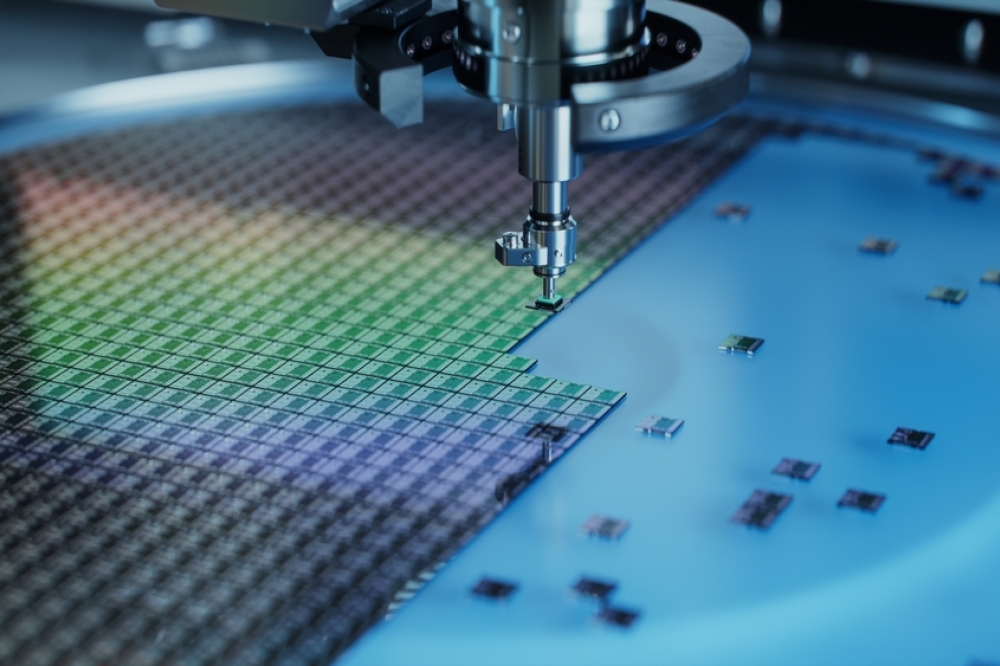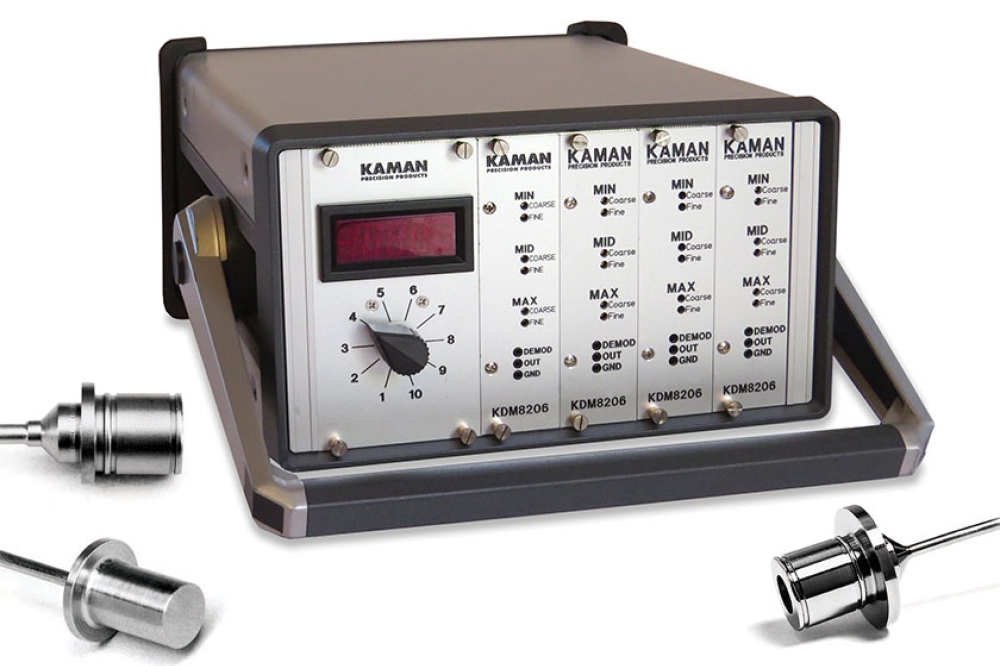Tightening voltage regulation for AI chips

The 16.6uF EC1005P ECAP is suitable for embedding into any SoC substrate or interposer.
Empower Semiconductor has unveiled the largest silicon capacitor in its ECAP product family for high frequency decoupling. The new EC1005P is a single 16.6-microfarad (μF) capacitance device suitable for the most demanding power integrity targets as often found in high-performance systems-on-chip (SoCs). It features ultra-low impedance up to 1GHz in a low profile that can be embedded into the substrate or interposer of any SoC, making it ideal for high-performance computing (HPC) and artificial intelligence (AI) applications.
“The performance of SoCs and other large computing processors are constantly increasing,” said Mukund Krishna, senior manager of product marketing, Empower Semiconductor. “It is becoming increasingly difficult to reach the level of power integrity and voltage regulation that these devices require with conventional MLCCs. The EC1005P features close-to-ideal parasitic parameters, allowing these SoCs to operate with reduced voltage margining and ultimately reducing system power.”
The EC1005P ECAP leverages Empower’s high-performance and high-density silicon capacitor technology to fulfill the ‘last inch’ decoupling gap from the voltage regulators to the SoC supply pins. This approach substitutes several discrete components with much lower performance and larger footprint, with a single monolithic device that provides optimal electrical performance and simplifies engineering complexity.
The EC1005P has an ultra-low sub-1-picohenry (pH) equivalent series inductance (ESL) and sub-3-milliohm (mΩ) equivalent series resistance (ESR) and is offered in a compact 3.643 x 3.036-millimeter 120-pad chip-scale package (CSP). The device comes in a standard profile of 784-micron that can be customized for various height requirements. Empower’s industry-leading silicon capacitors provide high stability over voltage and temperature and are not subject to derating or aging like traditional multi-layer ceramic capacitors (MLCCs).

































